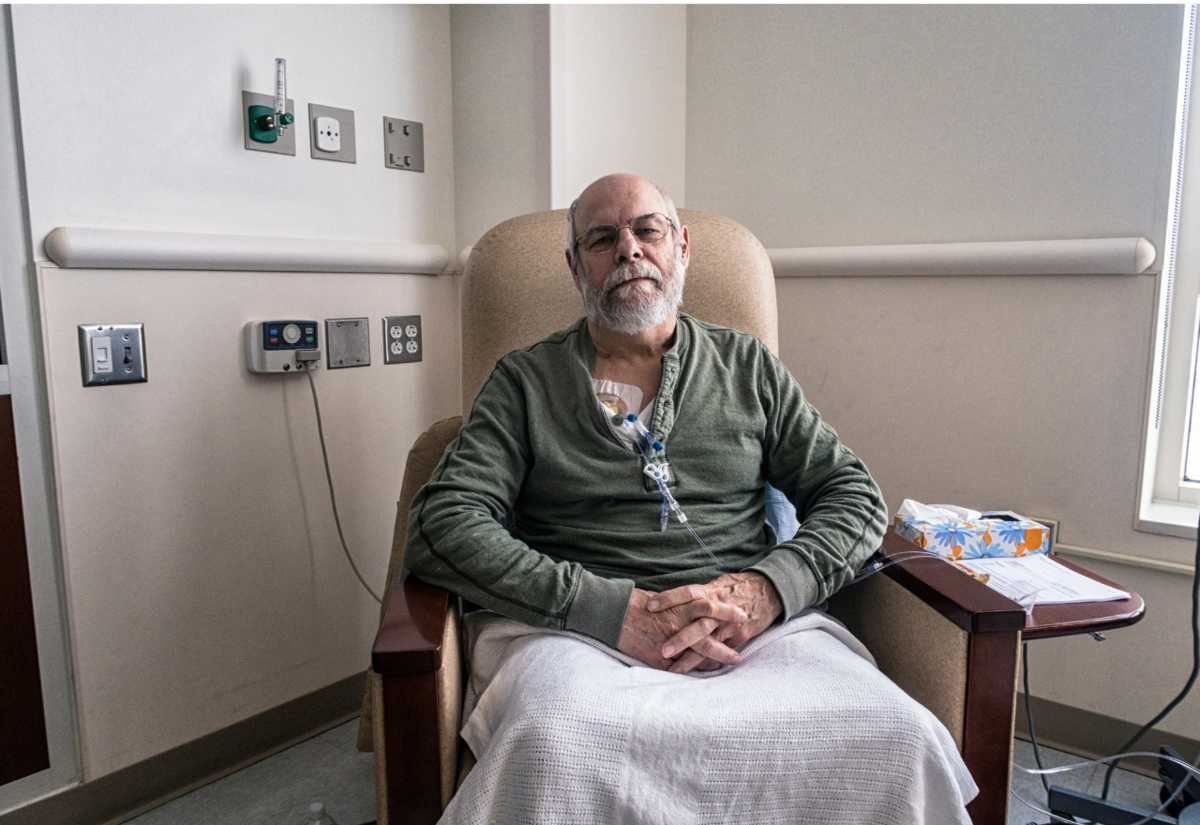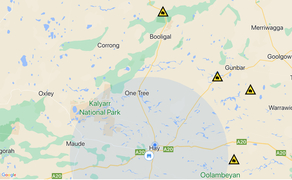Men’s cancer risk to rise 84 per cent by 2050 according to new study
Krista Schade
03 November 2024, 10:00 PM

New research co-authored by Charles Sturt University Rural Health Research Institute academics
has indicated a risk of men’s cancer rates climbing by 84 per cent globally by 2050.
- Charles Sturt University Rural Health Research Institute academics have co-authored a study researching cancer incidences and deaths in men
- The research projects men’s cancer rates to climb by 84 per cent globally between 2022 and 2050
- Australia has the highest incidence of cancer in men compared with 185 countries in the study
New research co-authored by Charles Sturt University Rural Health Research Institute academics has indicated a risk of men’s cancer rates climbing by 84 per cent globally by 2050.
The study, titled Burden of 30 cancers among men: Global statistics in 2022 and projections for 2050 using population-based estimates, observed 30 different types of cancer in men and their mortality-to-incidence ratios (MIRs) using population-based estimates from 185 countries.

Charles Sturt University's Dr Kedir Ahmed (inset). Image: CSU
Research Fellow of Rural Public Health (Epidemiologist) with the Charles Sturt Rural Health Research Institute (RHRI) and co-author of the study Dr Kedir Ahmed (pictured, inset) said the results showed Australia to be at the top of the list in terms of cancer incidence.
“Our study found that Australia has 514.3 cases per 100,000 people, making it the country with the highest incidence rate of cancer from all 185 studied,” Dr Ahmed said.
“Although, while the incidence of cancer is higher in Australian men, the MIR here is one of the lowest in the world meaning less cancer-related deaths.”
Dr Ahmed co-authored the study with RHRI colleague Dr Subash Thapa alongside several academics from other universities (Bizuayehu HM, Dadi AF, Ahmed KY, et al.).
Dr Ahmed said the study aimed to contribute to global cancer statistics for men given the absence of male cancer-specific screening programs such as prostate cancer, as well as a higher prevalence of occupational and other modifiable cancer risk factors.
“Alongside these factors, we forecast an increase in cancer cases globally from 10.3 million to 19 million between 2022 and 2050, as well as a projected spike in cancer-related deaths from 5.4 million to 10.5 million over the same timeframe,” he said.
“Of the 30 cancer types in the study, lung cancer will likely remain the leading type of both cases and deaths.”
The study recommended several paths forward to help reduce the risks of cancer incidences and deaths, including strengthening health infrastructure, enhancing workforce quality and access, fostering national and international collaborations and promoting universal health coverage.
NEWS
RURAL





